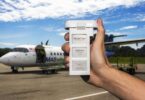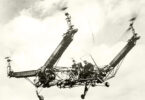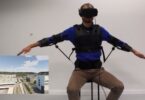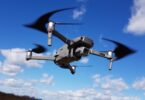Have you ever received your dinner or seen an order of clothing made online arrive on your doorstep with a drone? This may be the case if you live in one of the 27 countries where this mode of delivery is being deployed. Otherwise, it should be soon. Indeed, Google’s Wing sales service was recently the first of its kind to be approved in the U.S. Amazon, Uber, and Walmart – which are currently testing similar projects are expected to follow quickly.
While this is the latest case of using advanced technology to attract market attention, UAV delivery remains only a potential practical application of these versatile devices. Like connected sensor (IoT) networks used in industrial environments or smart cities, UAVs represent an unprecedented opportunity to optimize user operations and experiences and to reduce costs.
However, due to security and regulatory issues, and given the very high level of data collected, the underlying IT infrastructures must be optimized to facilitate a secure, stable, and low-latency information exchange with these devices.
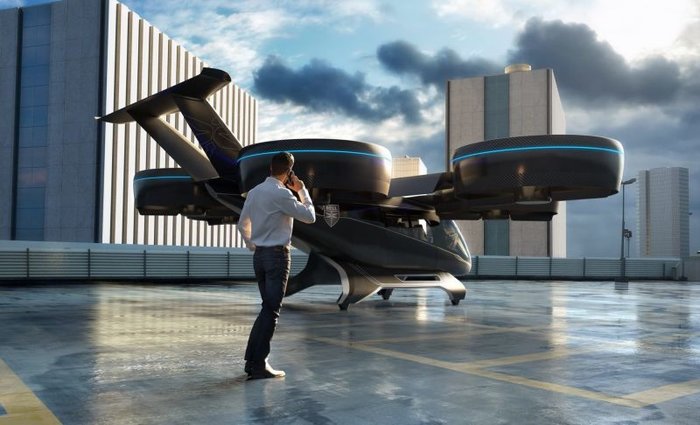
Drones move from crisis cell to boardroom
Drones are unmanned aerial vehicles (UAVs) originally used in military contexts for surveillance missions or to carry out targeted airstrikes. Although the military still has the largest share of this market in the short term, recent advances in UAVs for the general public and commercial have left the field open to a wide variety of applications.
With the market just starting to take off, so to speak, it is difficult to project at the moment, but it is estimated that its value is expected to be between $52 billion and $144 billion by 2025ii. Here are some examples of UAVs and their current or future use cases:
- In the military, drones are similar in size to aircraft and are used in reconnaissance, search and rescue missions, or serve as communication relays.
- In the transportation and delivery services industry, they deliver products for individuals or medical services. In addition, UAV taxis are expected to take their service soon.
- In the context of real-time aerial surveillance, they can be used in the field of precision agriculture, for inspections and investigations, inventory management, emergency response, supervision, and monitoring (infrastructure, territories, diseases, pollution, environment, wildlife, etc.).
- As for their applications in a real-time maritime monitoring framework, they range from fish farming to supervision, monitoring of underwater infrastructure, bodies of water, climate/weather, wildlife, etc.
- In the field of public services, UAVs the size of insects will pollinate plants or carry out surveillance missions. Other solar-powered models could fly at high altitudes and provide electricity and Internet access in remote locations. Finally, medium-sized drones could manage water waste, marine navigation, construction, etc.
- Finally, cellular services in emergencies are also important: in the event of a natural disaster and the destruction of communications infrastructure, UAVs could be deployed dynamically to restore the cellular network.
As The Economist magazine perfectly described in its report Civilian Drones, “Trying to imagine what the evolution of UAVs will be and how they will evolve is to try to predict the evolution of computing in the 1960s, or mobile phones in the 1980s: at the time, the potential of these technologies in the professional context was obvious, but the technologies developed unexpectedly. It will surely be the same for UAVs .”
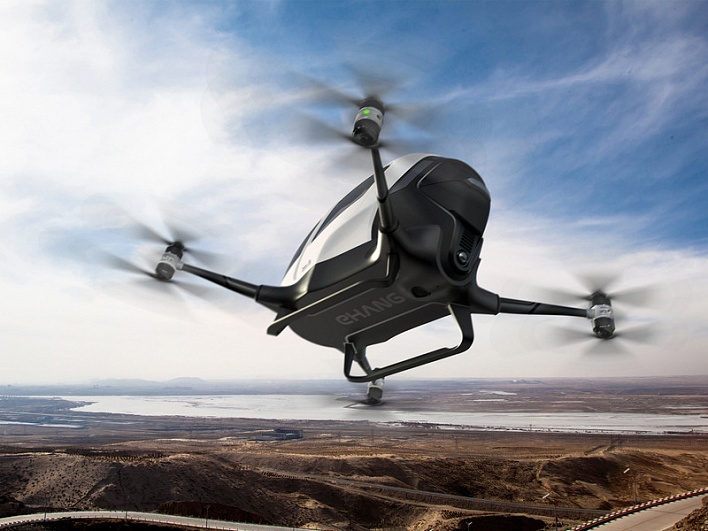
The limits of today’s wireless infrastructure
Drones communicate with their corresponding base stations using a form of wireless technology. This is how control messages (up to several hundred kbps) and data messages (usually in Mbps) are transmitted. Generally, low and predictable latency is required for control signals, while the efficiency of payload transfer (data) depends on bandwidth. The existing wireless infrastructure deployed in many of the current solutions for communication between the UAV and the base station is inadequate for the following reasons:
- The case of point-to-point networks: these networks use the ISM 2.4 GHz frequency band without a license; their data rates are low, and these links are also unstable, unsecured, and sensitive to interference. In addition, these networks are also limited in terms of range (distance).
- The case of satellite systems: some satellite navigation systems used for drones are based on GPS technology. However, signals are likely to be blocked by high-rise buildings or poor weather conditions.
- The case of cellular networks: Existing cellular networks have been designed to support asymmetric traffic and provide high bandwidth (e.g. for downloads or streaming videos). However, there are many cases where UAVs will need high up-track bandwidth (for example, to transmit high-definition videos recorded from the air). Cellular antennas are also downward-facing to provide better ground coverage and reduce cell interference, but aerial surveillance UAVs will need high-altitude coverage from their base stations.
It is important to note that the above wireless technologies are not mutually exclusive, and depending on the case of use, it is possible to use several of them at the same time. Various solutions are being considered in order to take advantage of existing cellular networks and make them the mechanism of wireless communication between drones and base stations. Indeed, existing networks are ubiquitous and offer coverage in most major metropolises. In addition, today’s 4G networks are suitable for many of today’s UAV applications, and with the advent of 5G networks, even on a larger scale, the latency and bandwidth requirements of the next generation of devices can also be met. However, the issues mentioned above will need to be resolved properly. Fortunately, significant research efforts are being made to overcome these obstacles.
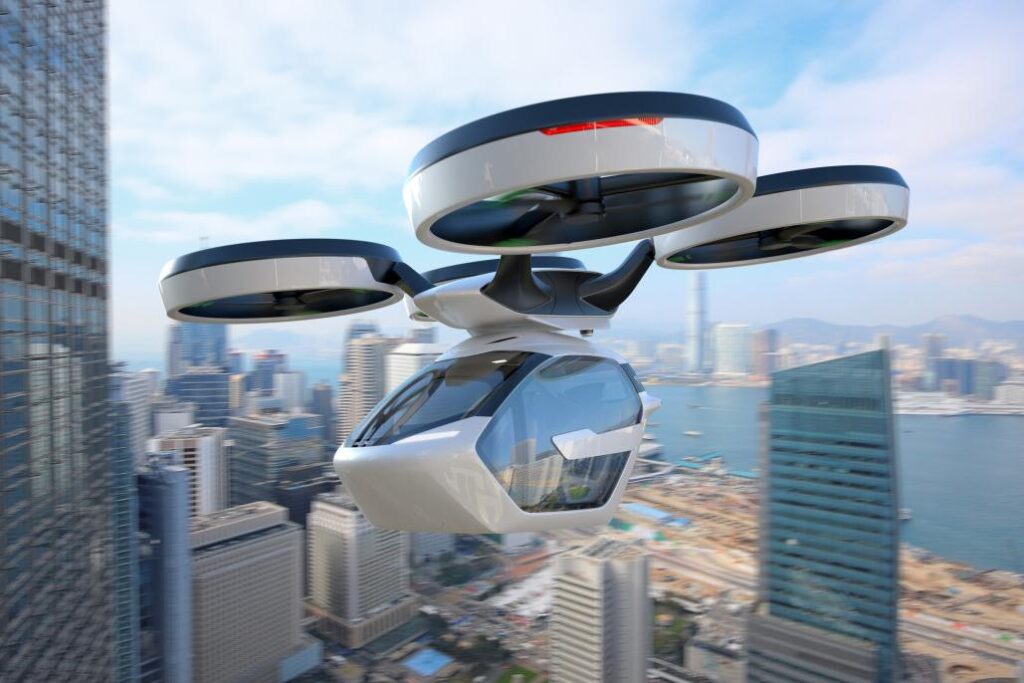
Activate an architecture suitable for the use of drones
Depending on the case of use, an appropriate portion of the application will be dealt with on one of these points above. Current and future applications of drones, including those that leverage distributed intelligence to enable them to communicate and collaborate with each other, will require high speeds and minute latency to facilitate data exchange between drones and major clouds.
The future is now
As a child, when I watched the movie Blade Runner, I wondered every time if I would live long enough to see the day when thousands of drones/spaceships would invade the sky. With the FAA’s recent decision on commercial drones and the billions of dollars currently invested in commercial drones, I think this vision for the future should quickly become a reality.

